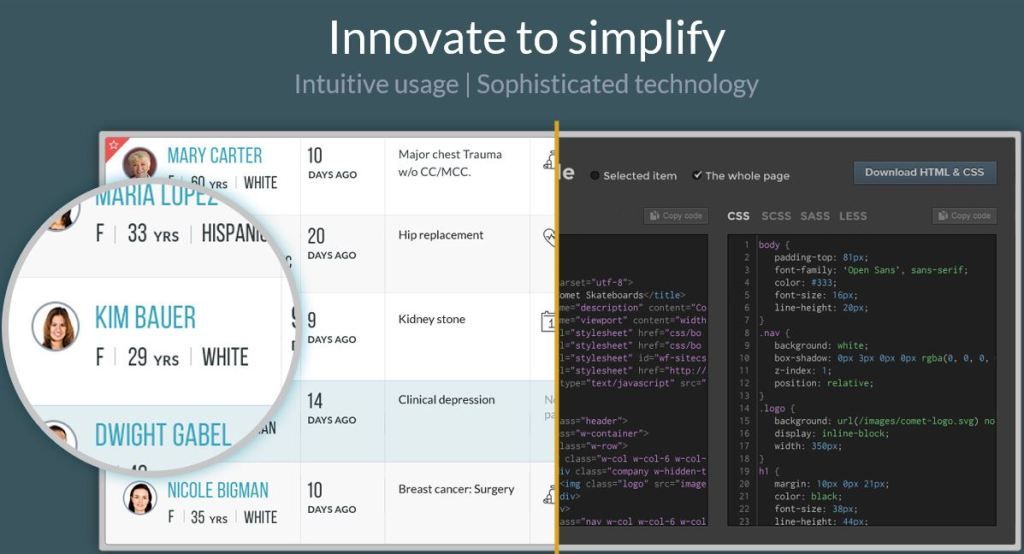
Hat tip to Maggie Mahar over at
The Healthbeat Blog for this
post and link about a surgeon's decision to operate despite certain knowledge that a patient is going to die. You can go straight to the Buckeye Surgeon's blog
here to read 'No Chance' for yourself.
While the post has a lot of jargon, the facts of the case are that the patient developed a blockage of the arteries that feed oxygen and nutrients to the intestines. If the blockage involves an artery that feeds the brain, down stream a piece of brain dies. If it involves an artery that feeds the heart (the heart does not extract oxygen from the blood going through it; there are separate coronary arteries that feed it from the outside), down stream a piece of the heart dies.
In this instance, a large segment of the patient's intestine died. This in turn causes intestinal gangrene to develop over the course of several hours. Bacteria normally present in the gut invade the walls of the intestine, causing a massive infection. Air normally present in the gut also begins to seep into the walls of the intestines and track up into the liver. The
image on No Chance is a CAT scan image of the liver on the left with lots of squiggly black lines. Those black lines are air. Over on the right is the stomach half filled with air but it looks like there is some air in the stomach wall itself. That doesn't belong there. Any doctor looking at that CAT scan knows it belongs to a person that has hours to live.
Strokes and heart attacks are typically dramatic events that are recognizable right away. Gangrene involving the bowel is usually more subtle with pain that develops over the course of hours. It can fool doctors because, while everyone with a catastrophe like this has pain, few people with abdominal pain (which is very common) have a rare catastrophe like this. By the time the patient seeks medical care and the docs figure it out, the tissue breakdown and infection is massive. No matter what is done - including trying to remove the intestine (and condemning persons to intravenous nutrition) - these patients die 99.99% of the time.
The Disease Management Care Blog will leave it to readers to ethically assess the surgeon's willingness to operate despite the terrible odds.
However, the DMCB would like readers to also imagine that they are a Medical Director of an insurance company that is charged with covering 'medically necessary' services.
The DMCB has been a Medical Director and would authorize payment. Here's why:
1. While the CAT scan says the odds are nil, tests lie, i.e. have a false positive and false negative rate. The only way to know for sure is to enter the abdomen with an operation and look. In this instance, the patient's alertness and well-being raised a suspicion that things were not as bad as they appeared. So an operation was medically necessary.
2. What's more, '
hope' is medically necessary. Even though the likelihood of success is
practically zero, it isn't
absolutely zero. From time to time, patients make remarkable recoveries despite impossible odds.
3. (Cost is not the issue). Despite what the media portrays, it typically isn't when it comes to insurers' determinations of medical necessity large and small. As an aside, the cost effectiveness policy implications here are also nil. Surgeries involving the abdomen are not leading any U.S. commercial or public insurer, large or small, to medical bankruptcy. What's more, this is a great example of the huge swaths of medical practice variation that will never go away, no matter how much we regulate, compensate, litigate or comparative effectiveness research-ate.
4. Finally, the DMCB learned long ago to never, repeat never, question a general surgeon's judgment made at the bedside in an emergency room in the heat of battle involving any 'hot' abdomen. While some calls can be questioned in retrospect, annoying general surgeons with second guessing denials of payment over issues of documentation, evidence or decision making is lousy insurance practice, lousy for the profession and lousy policy.
 Hat tip to Maggie Mahar over at The Healthbeat Blog for this post and link about a surgeon's decision to operate despite certain knowledge that a patient is going to die. You can go straight to the Buckeye Surgeon's blog here to read 'No Chance' for yourself.
Hat tip to Maggie Mahar over at The Healthbeat Blog for this post and link about a surgeon's decision to operate despite certain knowledge that a patient is going to die. You can go straight to the Buckeye Surgeon's blog here to read 'No Chance' for yourself.











No comments:
Post a Comment